Table of contents
The realm of artificial intelligence (AI) has grown expansively, revolutionizing how we create and perceive art. With the emergence of advanced techniques in AI art creation, artists and technologists alike are pushing the boundaries of creativity, enabling the generation of visually captivating and thought-provoking pieces. This exploration delves into the intricate world of AI-driven artistry, inviting readers to uncover the sophisticated methods that are setting new standards in the artistic landscape. Engage with the transformative power of AI in art and grasp the future it is painting for us all.
Unlocking Creativity with Generative Adversarial Networks
Generative Adversarial Networks (GANs) stand at the forefront of AI art generation, showcasing the remarkable potential of machine learning in enhancing creativity. At their core, GANs consist of two distinct neural networks—the generator and the discriminator—locked in a dynamic contest. The generator produces images, while the discriminator evaluates them, fostering a continuous cycle of creation and critique that refines the artwork. This process leverages Convolutional Neural Networks (CNNs), a class of deep neural networks adept at analyzing visual imagery, to produce artwork with unprecedented originality and aesthetic value. These models have proven adept at understanding and replicating complex patterns and styles, which allows for the production of highly original content that pushes the boundaries of traditional art. While the benefits of GANs in AI art generation are immense, they are accompanied by significant challenges, particularly in the realm of training models. The intricate dance of competition between the generator and discriminator requires a substantial amount of computational power and data, making the training process resource-intensive. Furthermore, achieving a balance where the generator creates convincing art that the discriminator can't easily classify as fake is a sophisticated task, often demanding considerable expertise and fine-tuning. Despite these complexities, the continuous advancements in GANs promise to unlock new horizons in AI-driven creativity, empowering artists and AI researchers alike to explore the depths of visual expression.
The Art of Style Transfer
Style transfer represents a fascinating intersection of art and technology, harnessing deep learning algorithms to blend the stylistic elements of one image with the content of another. This process involves an intricate technique known as feature extraction, wherein the AI identifies and disentangles the intricate patterns that define an artistic style. By applying these patterns to a separate image, the result is an aesthetic fusion that maintains the original image's structure while adopting a completely new visual language. This technology not only serves as a tool for artistic experimentation but also has the capacity to democratize art, empowering individuals without formal artistic training to produce works that resonate with the echoes of masterpieces. Despite the exciting possibilities, style transfer raises probing questions about originality in art. As the lines between creation and imitation blur, the conversation around copyright and the unique footprint of an artist's hand in their work becomes increasingly nuanced.
Evolution of Art with Reinforcement Learning
The domain of AI art creation is witnessing a transformative shift with the incorporation of reinforcement learning. This paradigm of machine learning equips algorithms with the ability to experiment and iterate their creative process through continuous feedback loops. As these adaptive algorithms engage in policy optimization, they refine their artistic strategies by evaluating the success of each attempt based on pre-defined rewards. This feedback-oriented approach is pivotal in enabling AIs to emulate complex decision-making akin to that of a human artist.
Such dynamic art created through reinforcement learning not only advances in complexity over time but also has the capability to interact with and respond to its audience. This responsiveness garners a novel form of art that evolves, learning from the reactions and interactions of spectators, thereby dissolving traditional barriers between the creator and the viewer. The potential of AI decision-making in curating experiences unique to each observer paves the way for a new era of personalized and evolving art installations.
For those intrigued by the future of AI in art and interested in understanding how to leverage these advanced techniques, try this out. The guidance provided can be a stepping stone towards mastering the artistry of AI and enriching the creative journey with technology's touch.
Text-to-Image Generation: A New Frontier
The emergence of text-to-image generation marks a transformative era in the intersection of artificial intelligence and creative expression. This rapidly evolving technology, which enables AI to craft visual art from textual descriptions, is redefining the boundaries of automated content creation. The recent advancements in this space owe much to the intricate interplay between natural language processing and computer vision, allowing for more accurate and detailed visual representations. A pivotal aspect of these systems is their semantic understanding—the ability to grasp and interpret the subtleties and complexities of human language.
Despite these technological leaps, challenges remain. Interpreting the nuances of human language proves to be an intricate task for AI, as it must navigate the rich variability and context that come naturally to humans. The implications of overcoming these challenges are vast, potentially revolutionizing industries such as graphic design, where the speed and customization of AI-generated visuals could greatly enhance productivity. In game development and virtual reality, the ability to create immersive and dynamic environments from simple descriptions could accelerate the design process and create more engaging user experiences.
The advent of text-to-image generation also heralds a future where personalized art creation could become accessible on an unprecedented scale. Envision users inputting a few lines of text to receive custom illustrations, storyboards, or concept art—this is no longer the realm of science fiction, but an attainable reality. As one delves deeper into the capabilities and potential applications of this technology, it becomes evident that the fusion of artificial intelligence and human creativity is set to unlock a new paradigm in visual artistry.
Collaborative AI: Human-Artist Partnerships
In the ever-evolving landscape of art and technology, collaborative AI has emerged as a transformative force in the realm of artistic production. Human artists are forming unique partnerships with AI systems, paving the path for augmented creativity that pushes the boundaries of traditional art-making. These collaborations facilitate an exchange whereby AI contributes complex algorithms and data-driven aesthetics, while the artists infuse emotional depth and conceptual narratives. The synergy of human-AI partnerships often results in the generation of novel perspectives and artistic expressions that are truly groundbreaking. The fusion of human sensibilities with AI's computational power enables the creation of artworks that are both technologically advanced and deeply human.
With the integration of AI in art, ethical considerations also come to the forefront, particularly concerning authorship and the originality of the artworks produced. It becomes imperative to consider where the line is drawn between the artist's creative vision and the AI's programmed capabilities. The dialogue within the art community often revolves around maintaining a balance, ensuring that while AI can enhance the artistic process, it does not overshadow the irreplaceable value of human ingenuity. In embracing these human-AI partnerships, artists and technologists alike are responsible for navigating these ethical waters, fostering a climate where both entities are recognized for their contributions to the artistic process.
On the same subject
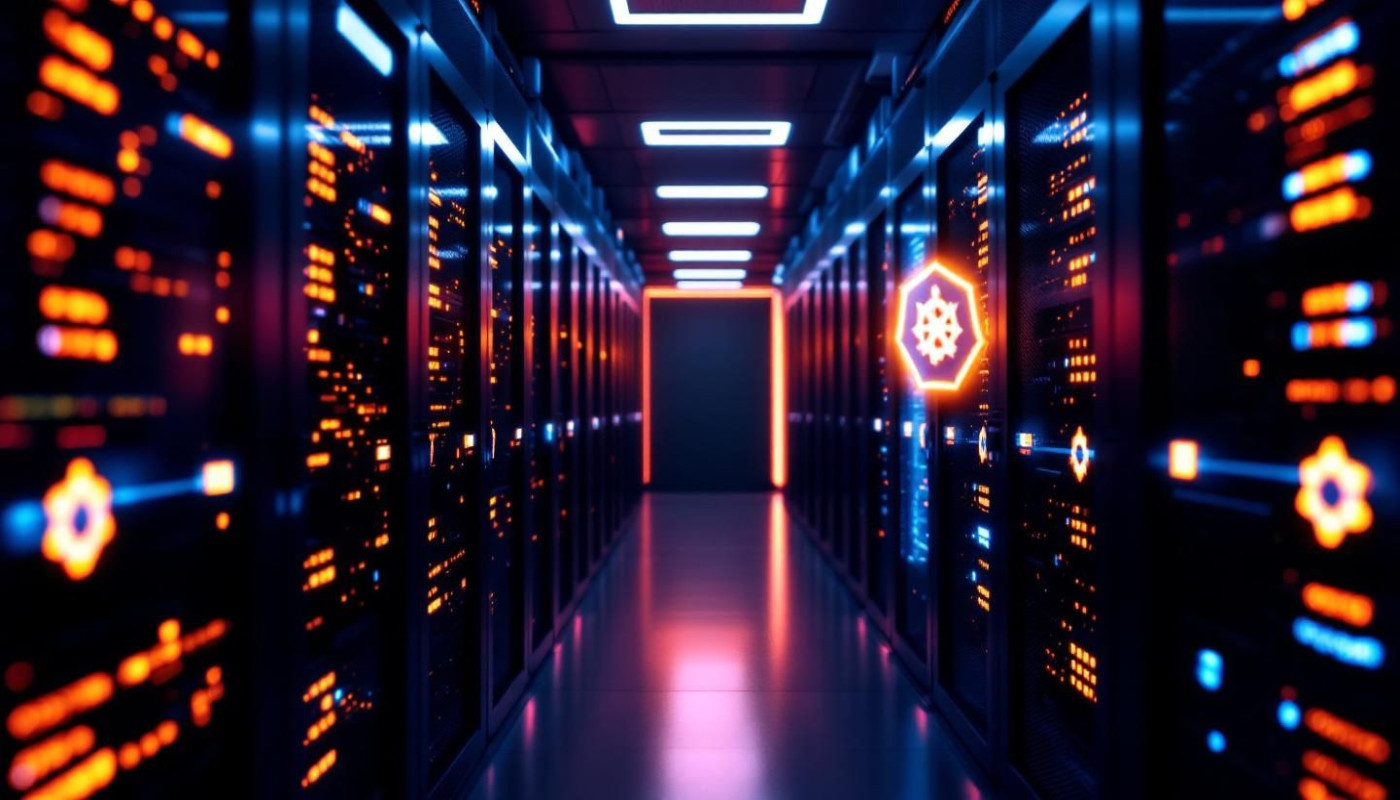
Streamlining Your Business Processes Through Efficient Kubernetes Upgrade Deployment
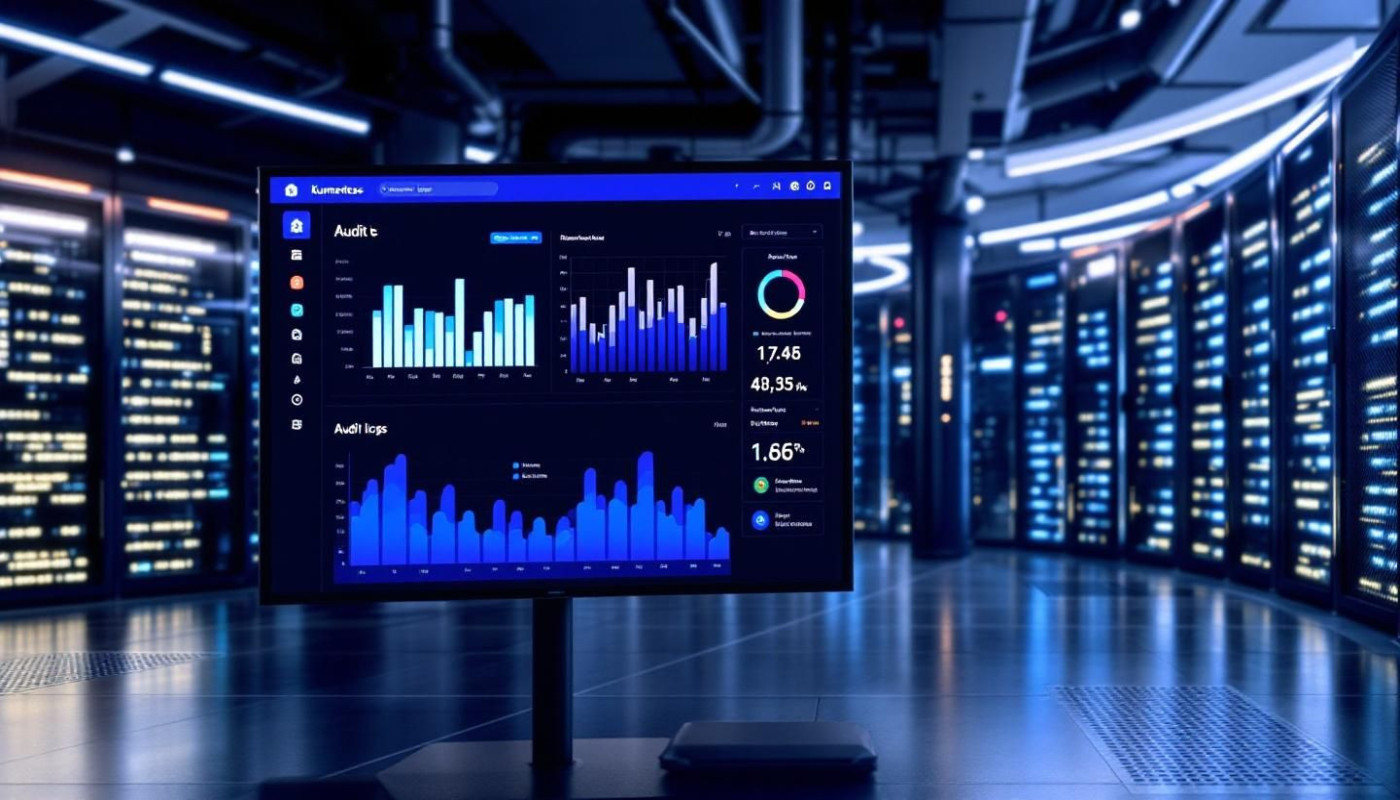
Enhancing Cluster Security With Advanced Kubernetes Audit Techniques
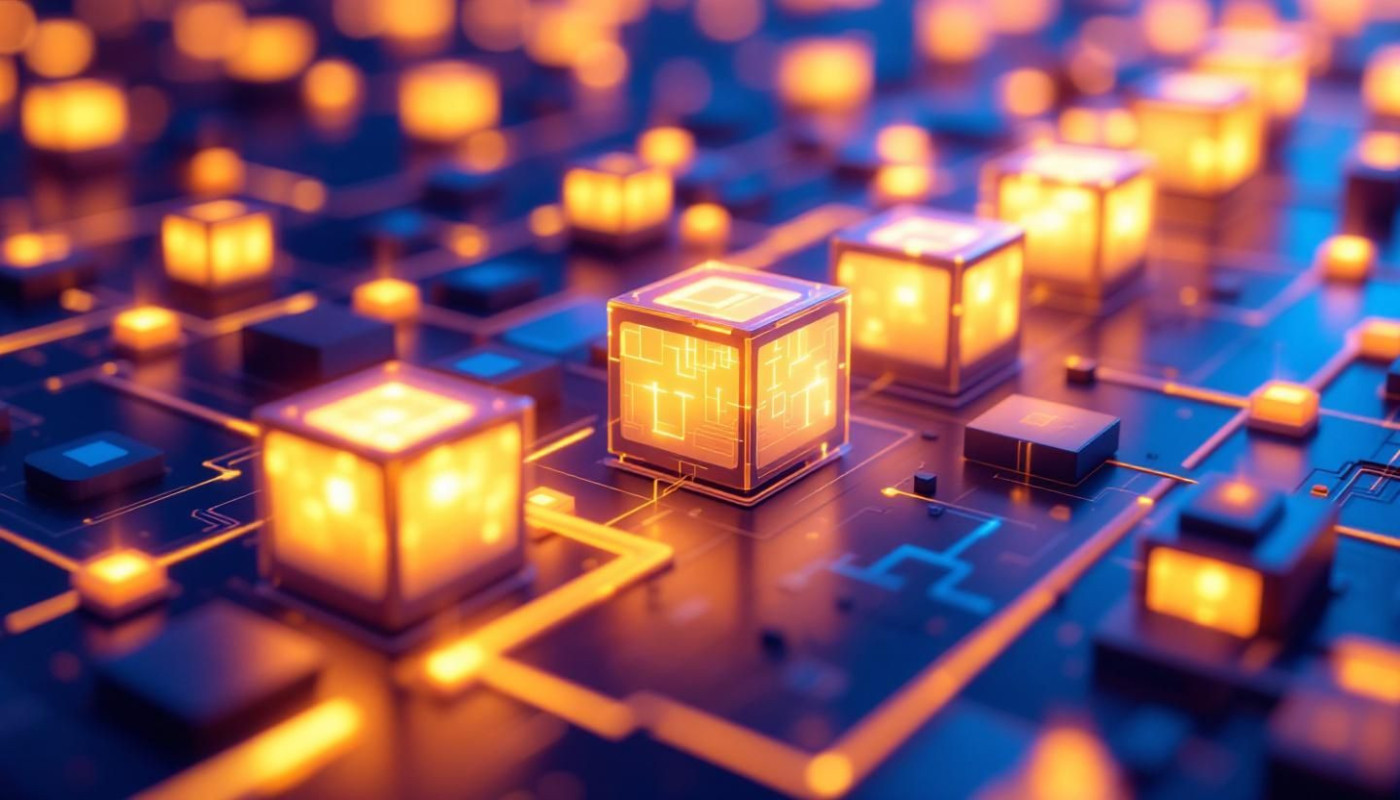
Ensuring Seamless Service During A Kubernetes Cluster Upgrade
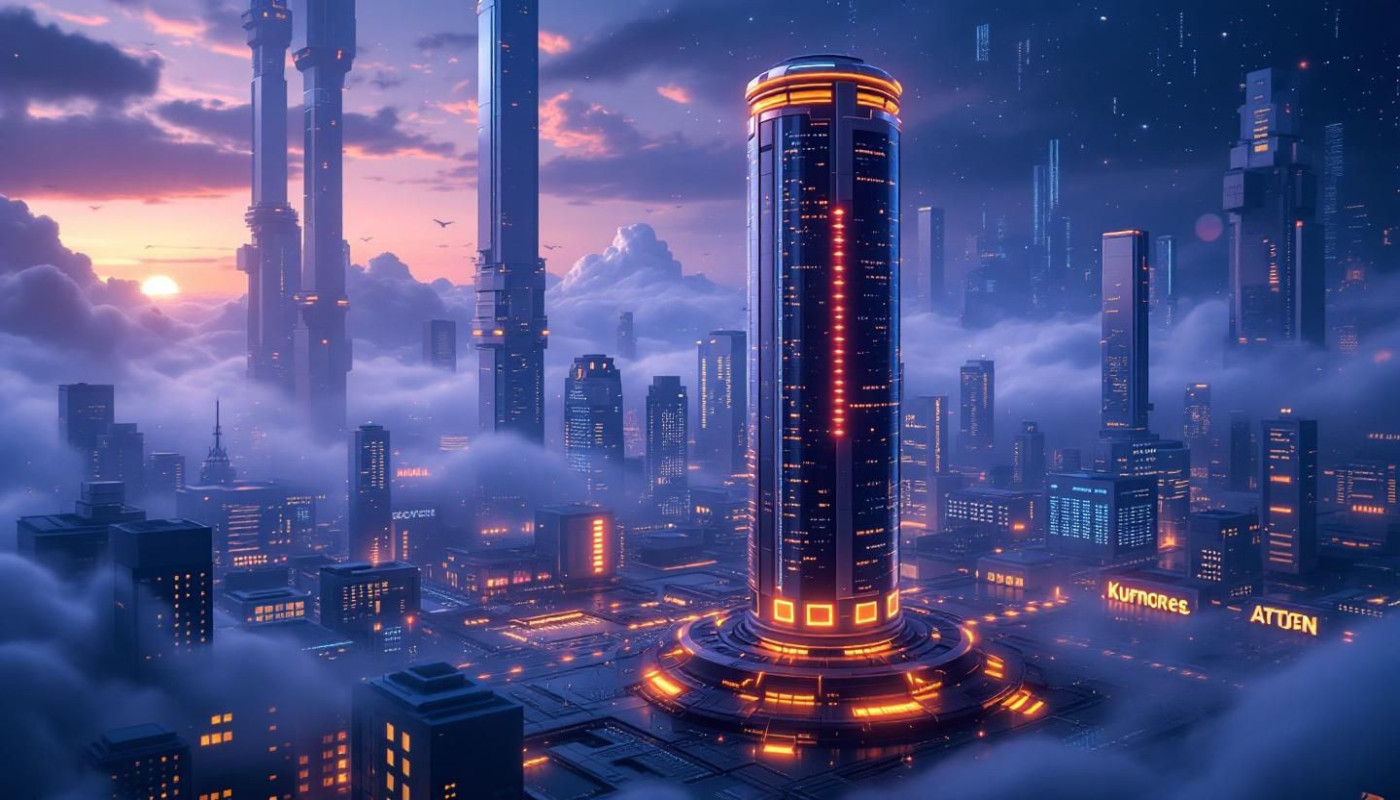
Exploring Best Practices For A Seamless Kubernetes Cluster Upgrade
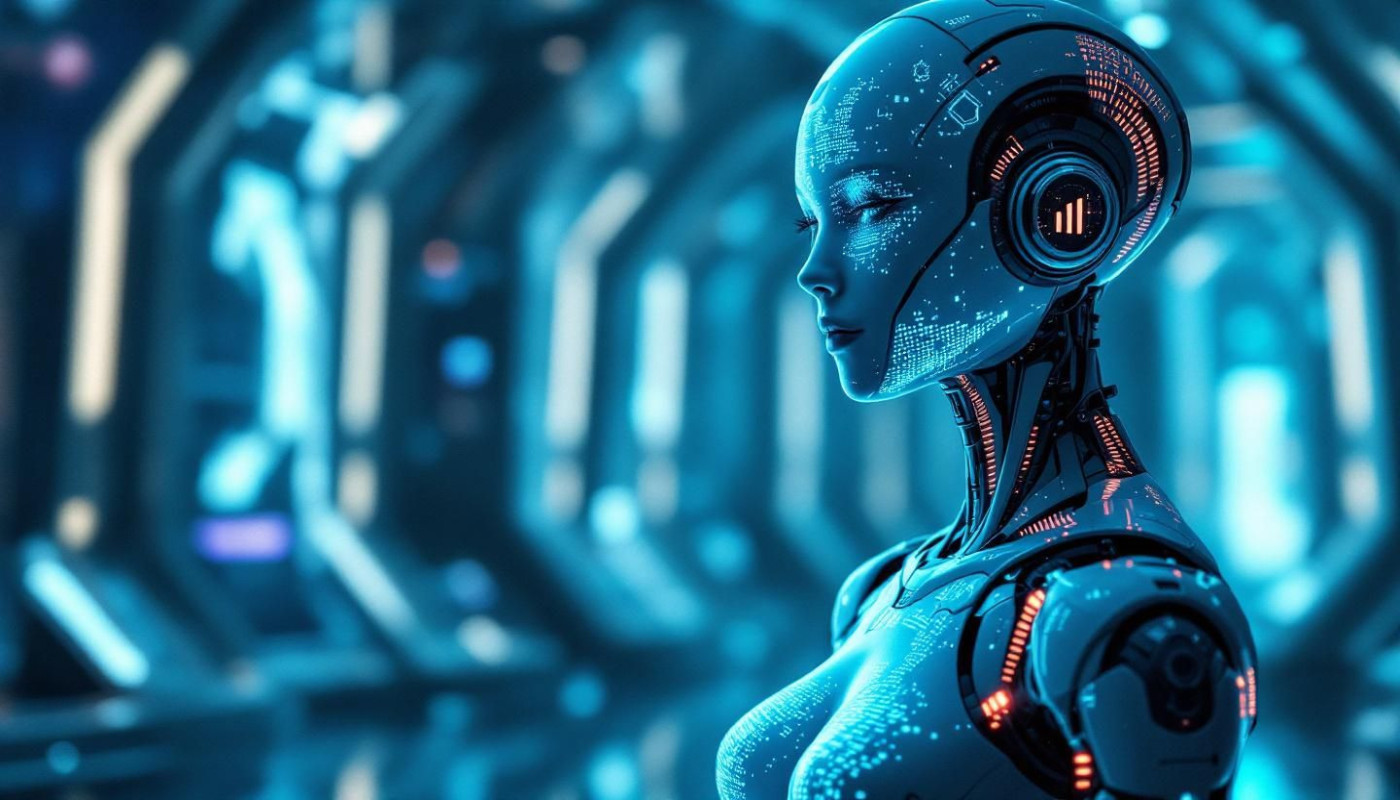
How Personalized AI Companions Transform Digital Interaction?

How Choosing The Right Chatbot Builder Can Elevate Your Brand's Customer Service
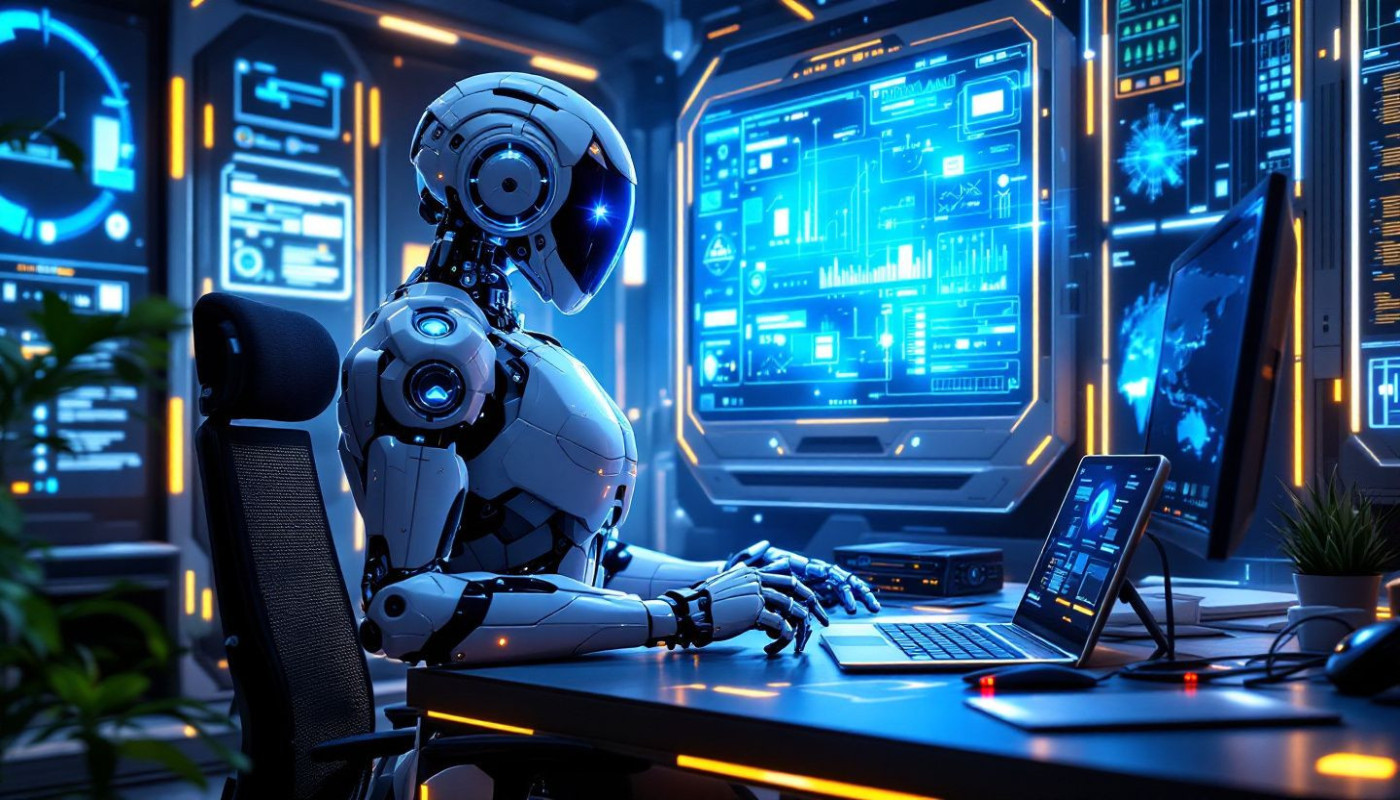
Exploring The Future Of Customer Service With Advanced Chatbot Builders

Benefits Of Dedicated Server Protection Against DDoS Attacks

Exploring The Role Of Non-Coding Platforms In Democratizing AI Chatbot Creation

Exploring The Benefits Of Open-source Patching For Operating Systems

Exploring Multilingual Tech Support In Today's Digital World

Exploring The Benefits Of Integrating Free AI Chatbot Services Into Your Business

Tips On What To Do When A Major AI-powered Platform Is Inaccessible

Green Tech: The Answer to Climate Change?

